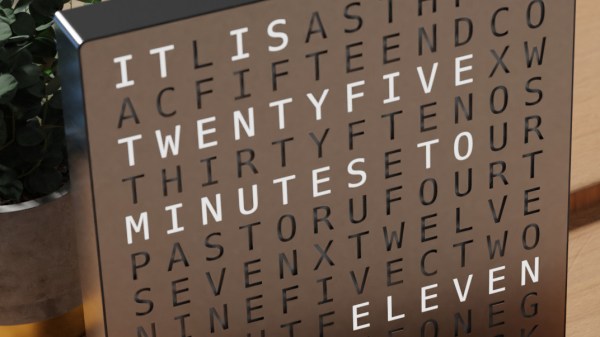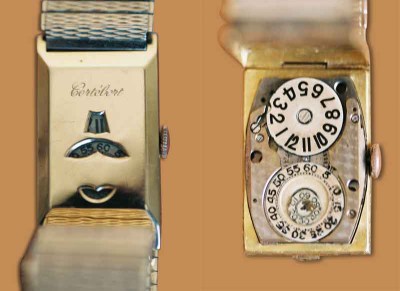The Pebble smartwatch was introduced in 2012 as part of a Kickstarter campaign and saw moderate success before the company behind it got bought out by Fitbit. Although a group of enthusiasts kept their Pebble devices alive, including via the alternate Rebble project for online services, it seemed that no new Pebble devices would grace this Earth. However, we now got a flurry of Pebble updates, with Google, the current owner of Fitbit, open sourcing the PebbleOS source, and [Eric Migicovsky] as the original Pebble founder announcing new Pebble watches.
These new Pebble watches would be very much like the original Pebble, though switching from a memory LCD to an e-paper screen but keeping compatibility with the original Pebble watch and its hackability. Currently there’s just a rePebble site where you can sign up for announcements. Over at the Rebble project people are understandably excited, with the PebbleOS source available on GitHub.
A lot of work still remains, of course. The Apache 2.0-licensed PebbleOS source was stripped of everything from fonts to the voice codec and Bluetooth stack, and of course bootstrapping whole new hardware production will require serious investment. Even so, for lovers of smart watches that work with modern-day smartphones, featuring an always-on display and amazing battery life the future has never been more bright.
Thanks to [Will0] for the tip.



 Inspired by the picture of a commercially available word clock, [Yasa] remembered the fun he had back in 2012 when he made
Inspired by the picture of a commercially available word clock, [Yasa] remembered the fun he had back in 2012 when he made 













